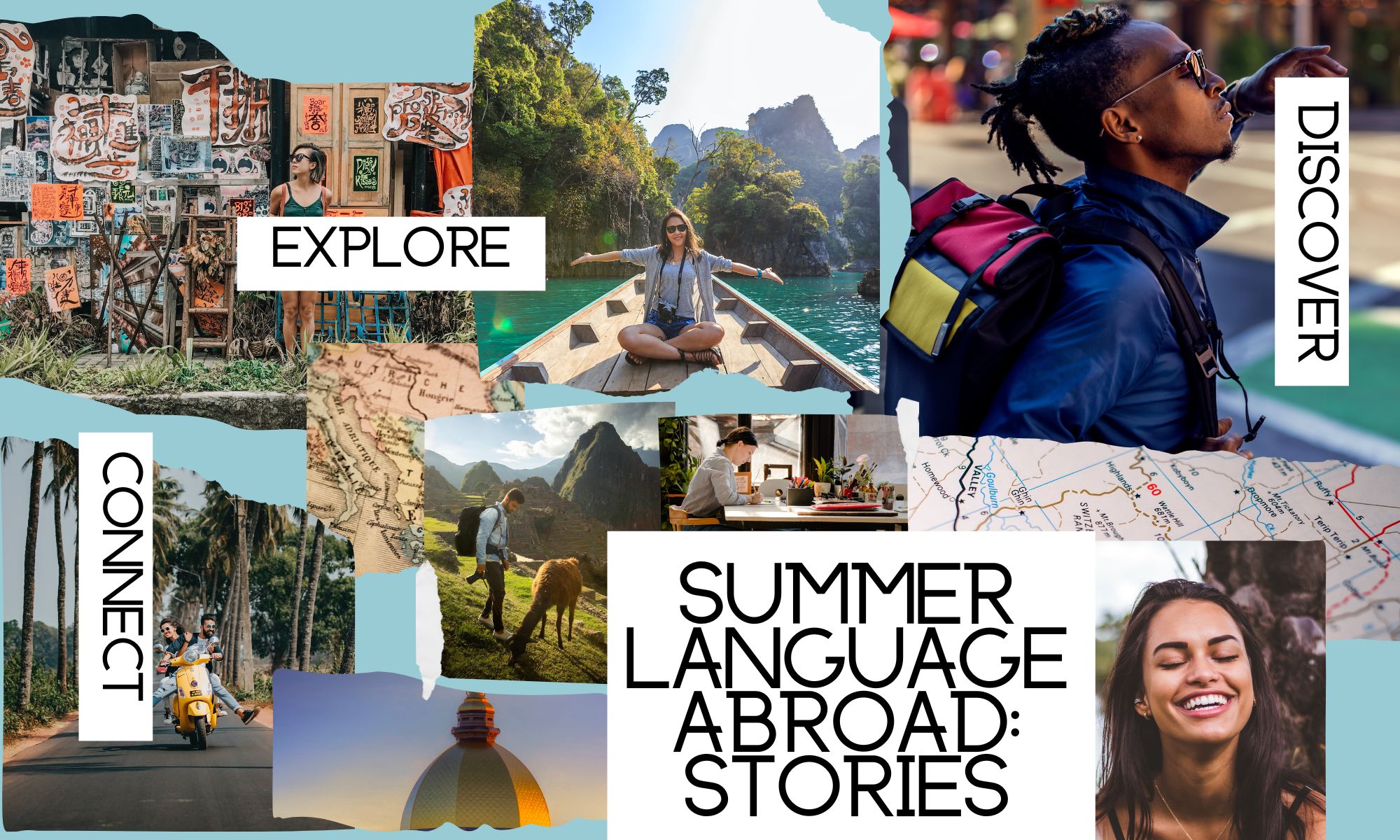
Four weeks sound like a long time in theory, but in practice, it flies by so quickly. In between classes every morning and afternoon, and activities every evening, July flew by so quickly, and my time in the beautiful hills of Donegal came to a close. I bid a longing farewell to the ocean, the glen, and my two donkey-friends Nellie and Bella.
Living in remote Donegal for a month has been an illuminating experience, and has prompted me to think critically about intercultural interactions. Thinking about Hofstede’s D6 model, and relating it to the three places I have now lived in for a significant amount of time, it’s interesting to compare how these different places approach ideas like power dynamics and hierarchies, and the sense of individualism and community.
In both India (my home country) and the States (where I currently live), there is a clear imbalance of power in educational institutions, for example. It mellows out a lot at the graduate level, where one is working with the faculty not just as students, but also as colleagues to an extent; but at the undergraduate level, there is a more obvious hierarchy of power between students and teachers. But this was not at all the case in Ireland, where teachers and students (of all educational levels) have a much more informal relationship both within and outside the classroom; it isn’t odd to go swimming together in the ocean and grab chipper van food for dinner.
This informality, and a more diffused sense of power dynamics ties into the strong sense of community that I felt in my time in Ireland. Much like in India, Ireland has a strong sense of a ‘neighborhood culture,’ where it is common and expected for you to take an interest in your neighbors’ lives and vice versa, and maintain close ties. In fact, there are several specific words for different kinds of community interactions in Irish, be it a night-visit to someone’s house, going to hear stories, or going for a gossip. This strong sense of community also feeds into a very relaxed understanding of private property; while it feels odd to even step into someone’s front lawn in the States, it is perfectly normal to cut through people’s yards and gardens in Ireland–basically, if you can imagine a shortcut in your head, you can make it happen in Ireland. Not so much in the States, where there is a more pronounced individualistic approach to life, and imagined shortcuts have to stay in the imagination if they involve trespassing through people’s private lands.
Overall, I would say that the Hofstede D6 model, is a helpful tool to think about some of the foundational aspects of any National Culture, especially when one is interested in comparative cultures!

